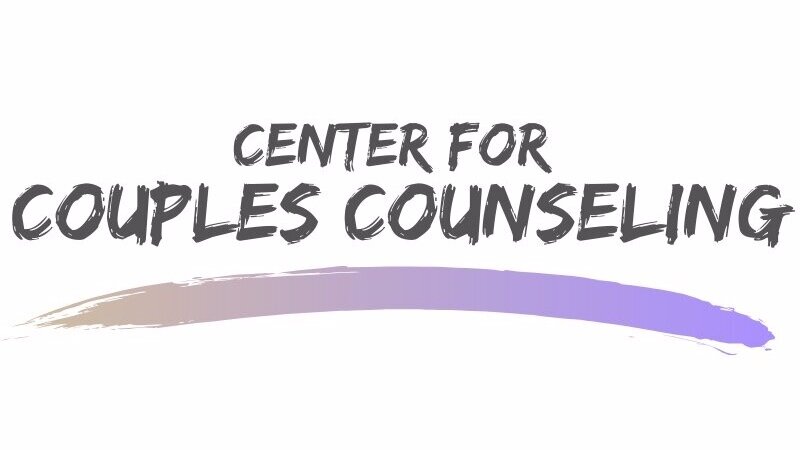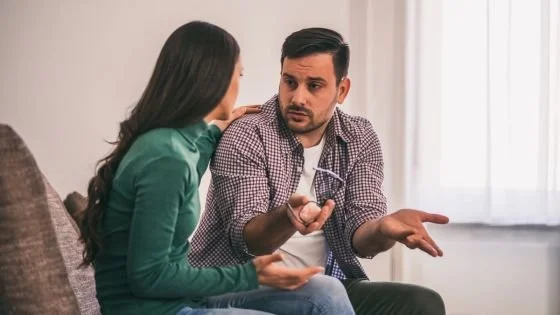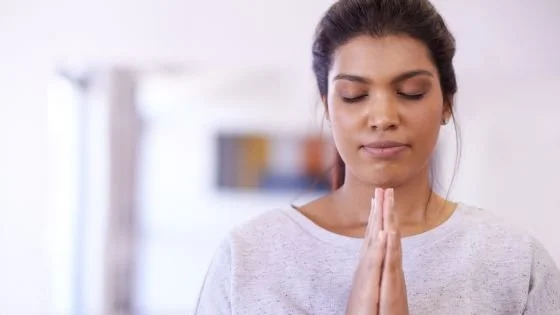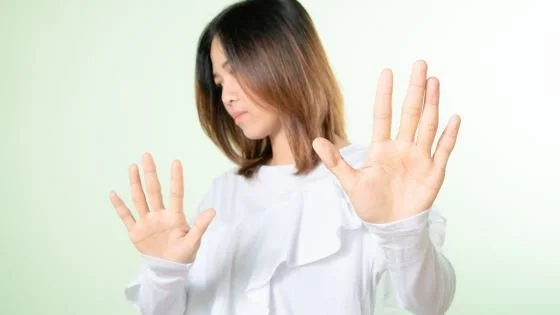Supporting Your Partner’s Emotional Balance: Co-Regulation in Action
Watching your partner spiral emotionally… feeling helpless, unsure what to do, or carrying the heavy weight of trying to balance their emotional state with your own, is devastatingly hard. For everyone involved. It’s messy, it’s exhausting, and honestly, it can feel like you’re both drowning at times.
Co-regulation isn’t just a buzzword; it’s a powerful, real-life skill that helps people support each other through emotional turbulence. It’s about learning how to meet each other in ways that bring calm and connection back into the chaos.
When one partner lives with CPTSD (Complex PTSD), the emotional waves can hit harder, last longer, and come out of nowhere. It can leave you feeling like you’re constantly guessing: What do I do? How do I help without making it worse?
The good news is: co-regulation skills can completely transform the way you support your partner and strengthen your connection in the process.
What Is Co-Regulation?
Simply put, co-regulation is when two people help each other regain and maintain physical and emotional balance. It’s not about fixing or problem-solving right away. It’s about synchronization; learning how to bring each other back to center when things start to spiral.
An important thing to remember about co-regulating anyone: Be the bigger, louder, steadier nervous system. It’s easy to get swept away by their big emotions. Channel that into action.
If you come up with a game plan with your partner, when you’re both calm, you’ll feel way more prepared for the necessary role.
In relationships where trauma, anxiety, or CPTSD are part of the picture, emotional safety becomes absolutely critical and co-regulation becomes a game-changer.
So that all sounds great... but how do you actually help your partner regulate without stepping on emotional landmines?
Create Safety Through Setting
When your partner is spiraling, sometimes what they need most isn’t answers, it’s safety. Being able to ground themselves in a safe environment is one of the first steps in co-regulation.
This might look like:
Lowering the lights
Deepen, elongate, and exaggerate your breathing. Remember, be the bigger nervous system. Their breathing will start to sync up with yours. If they’re open to words, ask them to take three deep breaths with you.
Softening your voice or becoming completely silent. Sometimes when people are flooded, more words can’t be processed. Yet they feel the obligation to try to listen, compute, respond… and it leads to deeper overwhelm.
Getting down on their level. If they’re already feeling jumpy, this can take away an unconscious reaction to power dynamics.
Sitting close (but not too close if you’re uncertain)
Letting the room be calm and predictable. Try to turn off devices and send noisy kids out of the room. Maybe light a candle of a smell you know soothes them.
These small shifts send a powerful message:
You’re safe here.
We can handle this.
Touch: The Double-Edged Sword
Touch is one of the most common tools for co-regulation... but it’s not one-size-fits-all.
For some, physical touch is grounding and reassuring. For others, especially those with CPTSD, it can feel overwhelming, even threatening when emotions are running high. Consent creates safety. Discuss with your partner when both of you are calm, what, if any, type of touch is helpful for them in those moments. They might not know. In which case agree to experiment and adjust as needed.
If your partner tends to find touch comforting, you can offer a hand to hold or ask gently,
"Would it help if I held your hand?" or "Would you like a hug?" In moments of overwhelm, keep the questions short, simple, and yes/no.
But if your partner needs space from physical touch when they’re upset, honoring that boundary is essential. Sometimes, just being a calm, steady presence next to them, without any touch, is exactly what helps them feel safe enough to come back to themselves.
Gentle Validation and Listening
One of the most powerful things you can do? Simply validate what they’re feeling.
Not fix it. Not minimize it. Just be there.
You might say:
“I can see this is really hard for you right now.”
“It makes total sense you’d feel overwhelmed.”
Validation builds trust. It helps your partner feel seen instead of judged, which is incredibly regulating all on its own.
Practice Grounding Techniques Together
Grounding techniques like deep breathing, naming objects you can see, or feeling your feet on the floor can help pull both of you out of the emotional storm and back into the present moment.
You can offer:
"Let’s take a deep breath together."
"Can you feel your feet on the ground? Just focus on that for a minute."
Even if your partner isn't ready to talk, breathing together, focusing perception together, can start to shift the energy without needing big, heavy conversations.
Know Your Own Emotional Limits
Here’s the thing a lot of people forget:
You cannot co-regulate if you’re dysregulated yourself.
If your partner’s emotional wave is pulling you under too, it’s okay (and necessary) to take a step back, breathe, and ground yourself first.
Self-regulation, knowing your limits, practicing your own calming techniques… it doesn’t make you selfish. It makes you a better partner. It’s what allows you to show up steady instead of swept away.
Balancing the Need for Touch and Space
One of the trickiest dynamics in co-regulation?
When one partner needs closeness, and the other needs distance to feel okay.
This tension is real and totally normal. The key is ongoing communication outside of the moment.
Talk about it when you're both calm. Get curious, not critical.
Ask questions like:
“When you're overwhelmed, what feels helpful?”
“When you need space, how can I still let you know I’m here for you?”
Problem-solving together creates connection all by itself. It sends the powerful message:
We’re in this together.
Why Co-Regulation Matters
Co-regulation isn’t about fixing your partner or making their feelings disappear.
It’s about showing up. It’s about offering empathy, patience, and presence, even when you don’t have the perfect words or the perfect plan.
In relationships touched by CPTSD, where emotions can feel overwhelming and unpredictable, co-regulation becomes a lifeline. It brings safety, connection, and hope back into the relationship, even in the hard moments.
Some days will be easier. Some will be messier. That’s okay.
If you keep showing up with mutual respect, curiosity, and care — your relationship won’t just survive the storms, it will grow stronger because of them.
If you’re ready to embrace the beautiful complexity of loving someone through emotional waves, remember… You don’t have to do it perfectly. You just have to do it together.
For a Center for Couples Counseling Co-regulation Info-graphic, click here.
My name is Jaimi Douthit and I’m a Licensed Professional Counselor at the Center for Couples Counseling. I love working with couples and individuals who are ready and motivated to make changes in their lives and relationships, who can handle feedback and encouragement, and engage in using the tools I teach in therapy outside of the therapy room. At the Center for Couples Counseling, we specialize in couples therapy, infertility counseling, postpartum mood and anxiety disorders, self-care and burnout, and perfectionism. We help couples and individuals in the League City and Houston areas in person, and all residents of the State of Texas online. Call us at (832) 827-3288 to schedule a free phone consultation.
Begin Couples Therapy in League City, TX
We know relationships take a lot of hard work. But your relationship is important and deserves the effort. At Center for Couples Counseling we want to help you and your partner get back on the right track. To get started with in-person or online couples therapy follow these simple steps:
Meet with one of our skilled couples therapists
Begin to see positive changes in your relationship
Other Services Offered at Center for Couples Counseling
At the Center for Couples Counseling, we understand you or your relationship may be facing different challenges. To help you work on yourself and your relationship, our Texas practice offers individual therapy, infertility counseling, postpartum anxiety, and depression counseling, therapy for self-care and burnout, and therapy for perfectionism. For more about us check out our FAQs and blog!









